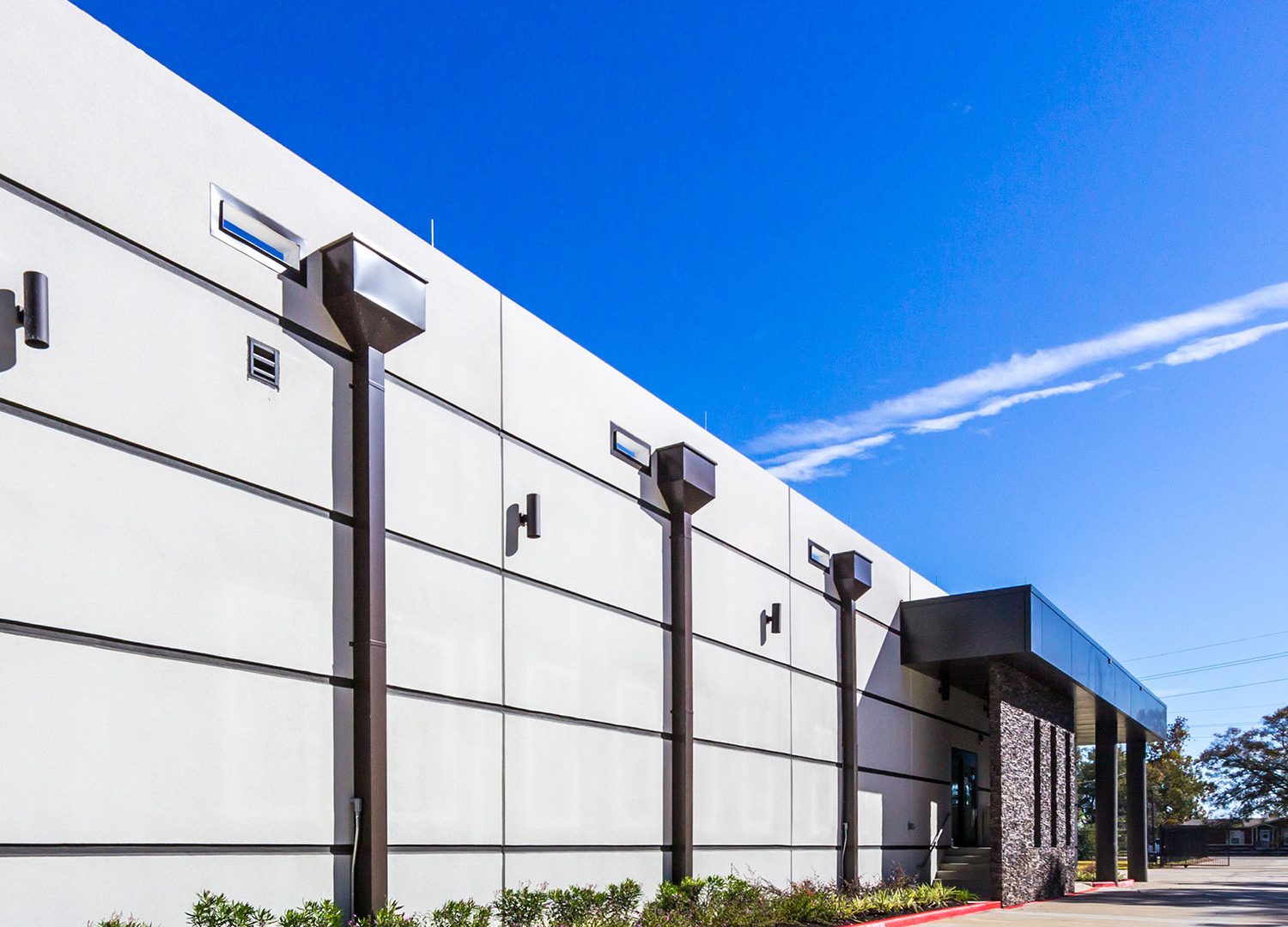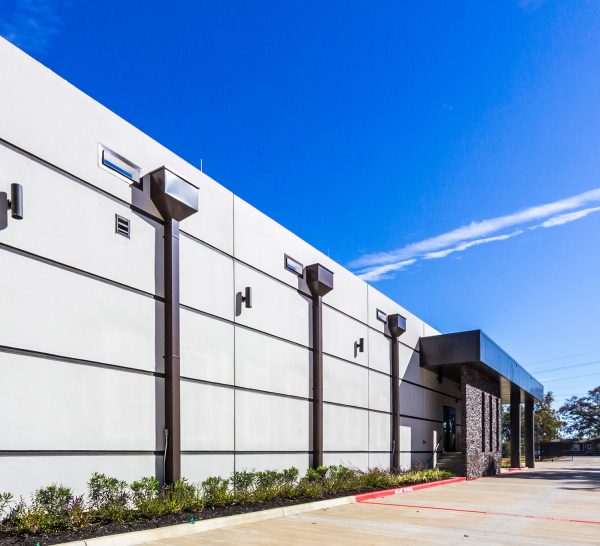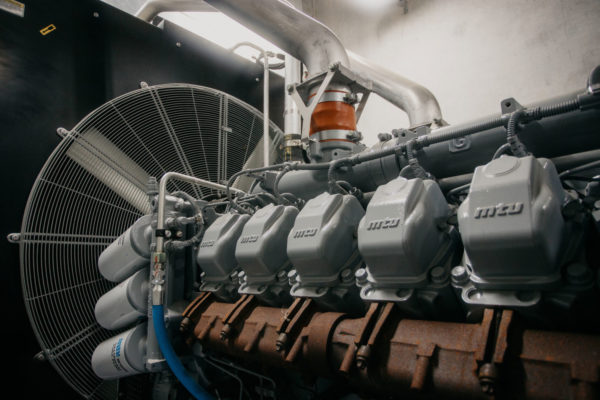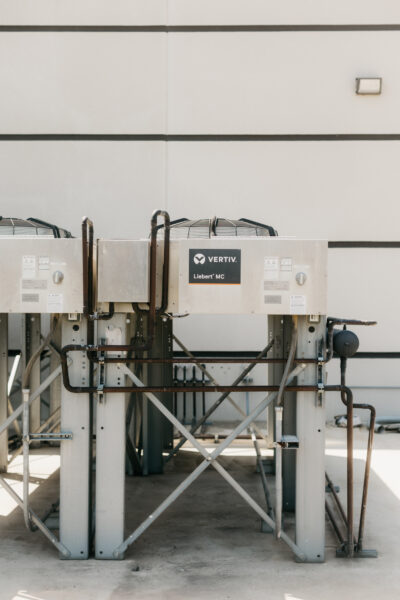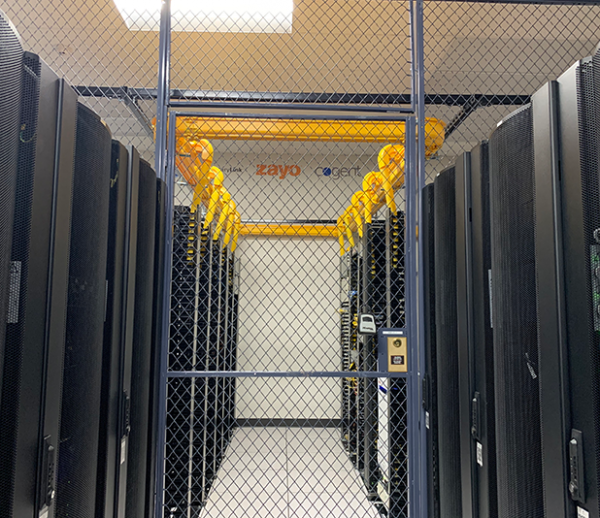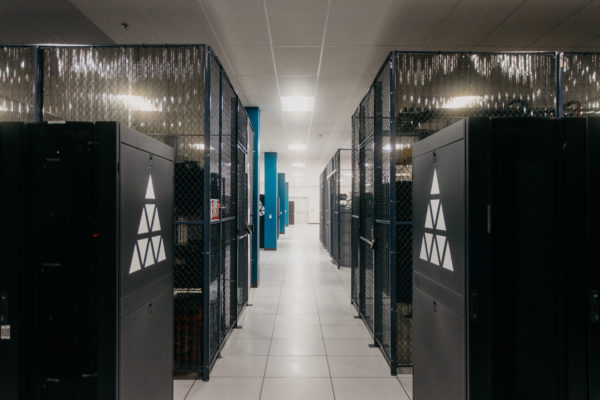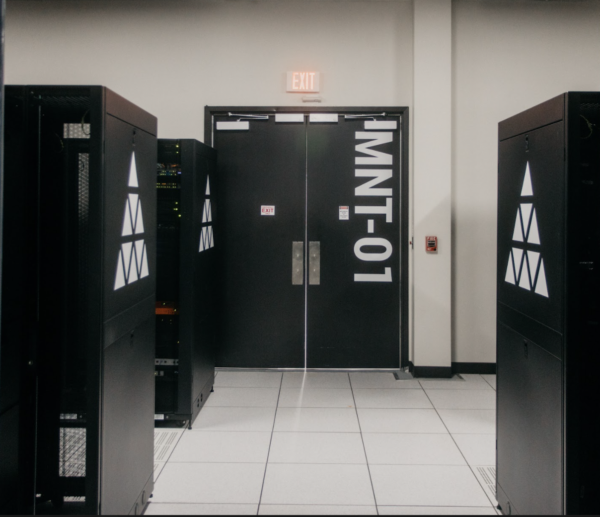If you’ve ever wondered what single phase power is and how it works, we’re here to shine a light on the issue. There are distinct differences between single phase power and three phase power, but few really understand what these are – and why they matter so much.
In this article, we’ll talk you through single phase power, explaining what it means and how it’s used. We’ll also talk through the differences between single phase power and three phase power, to clear up any confusion on the topic.
What is single phase power?
When we talk about a phase, we mean the distribution of a load. So, when we use the term single phase power we’re referring to a two-wire alternating current power circuit.
Single phase power supplies are typically used with loads such as lighting or heating, while higher loads like electric motors generally necessitate a three-phase power supply.
How does single phase power work?
Single phase power circuits have a single power wire, which is known as the phase wire, and a neutral wire.
In a two-wire alternating power circuit, the current flows between the power wire and neutral wire. The power current or voltage reverses periodically, flowing one way on the hot wire to deliver power to a load, and the other way on the neutral wire.
The voltage reverses 50 to 60 times every second, with a full power cycle taking place with every 360 degree phase change.
What is 3 phase power?
Three phase power is a three-wire circuit. It’s a widely used method of alternating current power generation, transmission and distribution. This means of distributing electrical power is what’s known as a polyphase system.
Three phase power is integral to electric grids, where it’s used to transfer power. It’s commonly used to deliver electricity to data centers, along with other industrial buildings with high levels of demand.
How does 3 phase power work?
Three phase power is vital because it is capable of delivering much more power, in a more efficient way, than single phase power ever could. And while single phase power is perfectly suitable for a huge range of different uses, when it comes to powering vast data centers and other businesses that require vast amounts of electricity, three phase power is essential.
Three phase power works using three separate currents, which are separated by one-third of the time it takes to complete a full cycle.
In single phase power, the two hot legs remain 180 degrees apart at all times. By contrast, in three phase power, currents are separated by a smaller 120 degrees.
When one line hits peak current, the other two are not. So, power is always being delivered to the load. What this means is that there is a constant supply of power, without the peaks and troughs associated with single phase options.
What is 3 phase power used for?
Three phase power is used in situations where brief interruptions of power could have a devastating impact.
Data centers rely on three phase power from the electricity grid, because slight interruptions would have a detrimental impact on the businesses using a data center. Key infrastructure such as hospitals will use three phase power, along with many industrial settings.
Residential buildings and commercial buildings like offices are less vulnerable to power interruptions, and as such tend to use single phase power rather than three phase power.
Single phase power is perfectly adequate for most business requirements, and there are real benefits to using it. Don’t forget, despite the higher power density of three phase power systems, there are drawbacks to them just as there are with any other system.
In three phase power systems, you have a breaker with three different phases. If attention isn’t paid to phase balancing between them, businesses can run the risk of overloading a single leg. And that can trip the whole system, which is a real disadvantage to three phase power when it’s used incorrectly.
How to calculate 3 phase power
Three phase power can be calculated using a set formula. The formula for power of a 3-phase circuit is Power = Voltage (V) x Current (I) x Power Factor (PF) x square root of three.
The load of the circuit can be assumed to be resistive only, and for the purposes of this demonstration power factor is unity (or one). This simplifies the formula to P = V x I x square root of three.
A 120-volt, 3-phase circuit supports 20 amps at each phase. This gives us a formula of 120 Volts x 20 Amps x 1.732, which equates to 4,157 watts.
The above example is a simplified version of course, but it demonstrates how easy it is to calculate three phase power.
There are a few practical things we’d recommend you look out for when calculating, too. Think about phase balancing on PDU versus transformer, and consider receptacle phase distribution.
As we’ve mentioned, single phase overload has the potential to trip the breaker – which is something to be aware of. Of course, with the right equipment and the right staff on your side, it can work perfectly, but it’s vital that businesses fully understand what they’re dealing with before they begin.
Receptacles cost more and are larger with three phase power, so if budgetary constraints are an issue this is another thing you’ll need to bring into the equation. Receptacles in single phase power will set you back around $20, while three phase systems require a receptacle, plus a backer box and cable costing in the region of $400.
What is the difference between single and three phase power?
Single phase power is not as efficient as three phase power. Single phase power is also vulnerable to interruption, if anything happens to the network. However, single phase power is less complicated, with just two wires versus the four wires of three phase power.
Single phase power supplies can reach up to 230 volts, whereas three phase connections are capable of carrying 415 volts.
Bear in mind that you can go up to 12kW with a 208V 60A system, and you can stack those and achieve up to 24 kW. So, in reality a three phase power system is rarely required unless you’re dealing with GPU or high density compute where you’d need around three times the power of a typical business, and more than 10 kilowatts per cabinet, with at least 150 watts per square foot.
Which is better: single phase or 3 phase power?
Single phase power and three phase power both come with their own distinct pros and cons, so the answer to this question really depends on the requirements of the circuit.
Single phase power is perfectly adequate for many uses, such as residential power supplies or office environments. But for data centers, it’s got to be three phase power.
How to convert 3 phase power to single phase?
Three phase power can be converted to single phase, and this happens all over the world. A number of different methods are used to produce a single phase output from a three phase power supply, depending on the circumstances.
In the US, a transformer is used to ensure the correct voltage, but in the European Union this process happens directly. The difference in voltage levels in the EU also means that three phase systems can serve as three distinct single phase systems.
Read more about converting three phase power to single phase.
Why do data centers use 3 phase power?
Data centers like ours rely on three phase power to secure maximum efficiency – and optimal levels of reliability for our customers.
For decades it was the norm to power data centers using single phase power, but this has changed in recent years. Now, the higher power demands and increased impact of any power interruptions faced by data centers necessitates the use of three phase power for data centers.
Exciting developments are now on the horizon for three phase power. One new thing to look out for is 400VAC. With this, you can use traditional lighting panels for distribution, and you can save millions of dollars in capital costs simply by skipping the step down transformer. There are also cost savings to be made from a reduction in power consumption here.
So, there you have it. The difference in single phase power and three phase power explained. While the differences between these circuits might sound subtle at first, they have a huge impact on both the reliability and efficiency of power supplies.
If you’re thinking about whether you need single or three phase power, we’d recommend you stick with single phase unless you absolutely need three phase. And that’s largely because of the increased complexity and risk of human error when dealing with three phase power.
Single phase power is perfectly adequate for the majority of requirements, but when you need three phase, you need three phase. If you’re unclear on what you might need, or you’d like further advice on this topic, don’t hesitate to get in touch with our team.
Looking for colocation?
For an unparalleled colocation experience, trust our expert team with three generations of experience
